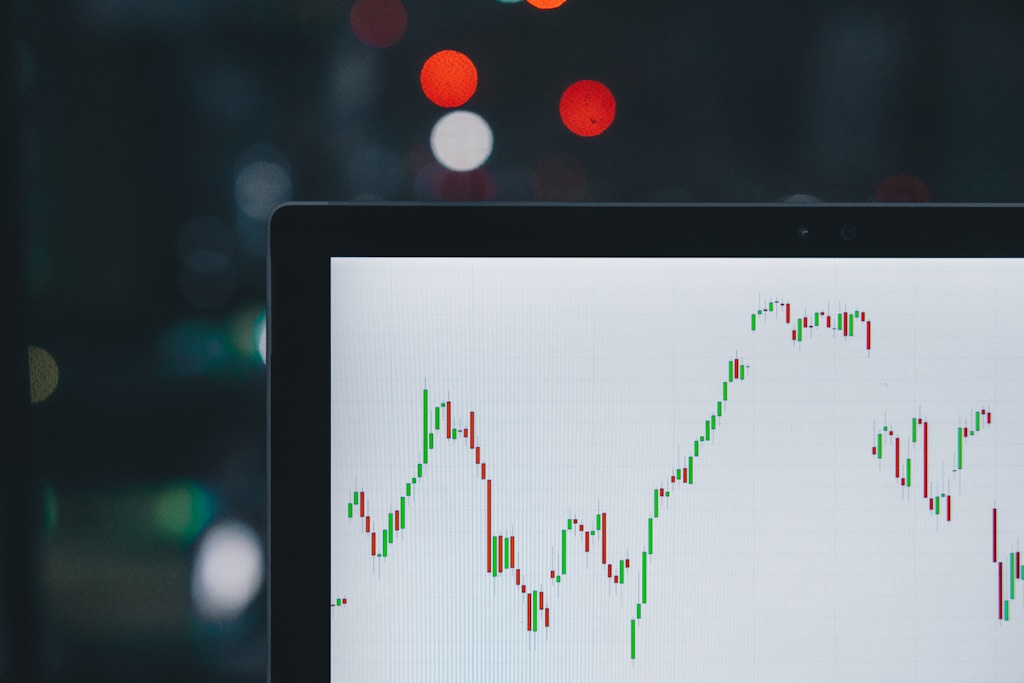Chainlink (LINK) is consolidating within a critical triangle pattern that could trigger a significant 35% price surge, according to leading analysts. The token is currently trading at $13.50 after experiencing heavy selling pressure throughout Q1 2025, with market participants closely watching key support levels for signs of a reversal.
As broader crypto markets face pressure from Trump’s economic policies, LINK has found itself at a crucial technical junction. The asset has lost nearly 30% since February, but technical indicators suggest a potential trend reversal could be imminent.
Technical Analysis Points to Bullish Setup
Renowned crypto analyst Ali Martinez has identified a compelling triangle formation on LINK’s chart, noting that such patterns typically precede major price movements. The current setup suggests a potential 35% breakout if bulls can reclaim critical resistance levels.
Key Price Levels to Watch
Critical support levels include:
- Current support: $13.00
- Secondary support: $12.50
- Major resistance: $16.00
- 200-day MA: $17.20
Market Outlook and Risk Factors
While the technical setup appears promising, several risk factors remain in play. The broader crypto market continues to face headwinds from macroeconomic uncertainty, particularly as Trump’s trade policies create market turbulence. A breakdown below $12.50 could invalidate the bullish scenario and trigger further selling pressure.
Frequently Asked Questions
Q: What is the target price for Chainlink’s potential breakout?
A: Based on the triangle pattern, analysts project a potential 35% move that could take LINK to approximately $18.20.
Q: What are the key support levels to watch?
A: The critical support zone is at $13.00, with secondary support at $12.50.
Q: How long might the consolidation phase last?
A: Triangle patterns typically resolve within 1-4 weeks of formation, suggesting a breakout could occur by late April.
